Navigating Aluminum Tubing Fittings: Your Comprehensive Manual
Aluminum tubing fittings play a pivotal role in various industries, providing versatility and functionality across numerous applications. Understanding their types, applications, installation methods, and maintenance procedures is crucial for maximizing their efficiency and durability. In this comprehensive guide, we will delve deep into the realm of aluminum tubing fittings, exploring their diverse forms, uses, and the best practices associated with them.
Understanding Aluminum Tubing Fittings
Aluminum tubing fittings, known for their lightweight yet durable nature, are integral components in fluid and gas handling systems. These fittings, crafted from highquality aluminum alloys, facilitate the seamless connection of aluminum tubing sections, ensuring leakproof and secure joints. Their versatility enables their use in industries such as aerospace, automotive, construction, and more.
Types of Aluminum Tubing Fittings
Aluminum tubing fittings come in various types, each designed for specific applications. Some common types include:
1. Compression Fittings: These fittings provide a tight seal by compressing the tubing against a fitting body, making them suitable for highpressure systems.
2. PushtoConnect Fittings: Known for their ease of installation, these fittings allow tubing to be easily inserted without requiring additional tools.
3. Flared Fittings: Featuring a flared end that ensures a secure connection, these fittings are prevalent in applications requiring enhanced resistance to vibration.
4. Barbed Fittings: These fittings have serrated ends that grip the tubing, preventing slippage and ensuring a reliable connection.
Applications of Aluminum Tubing Fittings
Aluminum tubing fittings find extensive usage across various industries:
Automotive Industry: Used in vehicle fuel lines, air conditioning systems, and hydraulic applications.
Aerospace Industry: Employed in aircraft hydraulic and pneumatic systems due to their lightweight and corrosionresistant properties.
Construction Sector: Utilized in structural frameworks, scaffolding, and railing systems due to their durability and malleability.
Industrial Machinery: Integral in conveying fluids and gases within manufacturing equipment and machinery.
Selecting the Right Aluminum Tubing Fittings
Choosing the appropriate aluminum tubing fittings for a specific application is crucial for ensuring optimal performance and safety. Factors to consider when selecting fittings include:
Compatibility
Ensure the fittings are compatible with the aluminum tubing's dimensions and specifications to guarantee a proper fit and prevent leakage.
Operating Conditions
Consider the temperature, pressure, and environment in which the fittings will operate to select fittings capable of withstanding these conditions without compromising performance.
Corrosion Resistance
Aluminum tubing fittings renowned for their corrosion resistance are ideal for applications exposed to moisture or harsh environments, ensuring longevity and reliability.
Installing Aluminum Tubing Fittings
Proper installation of aluminum tubing fittings is essential to maintain system integrity and prevent leaks. Follow these steps for a successful installation:
Preparation
Clean the tubing ends thoroughly to remove any debris or contaminants that could compromise the seal.
Ensure the fittings are in good condition, free from damage or defects that could affect their performance.
Assembly
Apply a compatible lubricant to the tubing and fitting threads to ease assembly and prevent galling.
Use appropriate tools to secure the fittings onto the tubing, following manufacturer guidelines for torque specifications.
Testing
Conduct a pressure test to verify the integrity of the connections and identify any potential leaks before putting the system into full operation.
Maintaining Aluminum Tubing Fittings
Regular maintenance ensures the longevity and reliability of aluminum tubing fittings:
Inspection
Periodically inspect fittings for signs of wear, corrosion, or damage that may compromise their functionality.
Replace any fittings showing signs of deterioration promptly to prevent system failures.
Cleaning
Keep fittings free from dirt, debris, or buildup that could impede their performance or cause potential leaks.
Lubrication
Apply recommended lubricants to fittings as per manufacturer guidelines to maintain ease of assembly and prevent seizing.
Conclusion
Aluminum tubing fittings, with their versatility and functionality, are indispensable components in various industrial sectors. Understanding the types, applications, installation procedures, and maintenance practices associated with these fittings is essential for ensuring their optimal performance and longevity in diverse operational environments. By navigating the realm of aluminum tubing fittings effectively, industries can harness their benefits for efficient and reliable system operations.
-
Exploring Ideal Nylon Tube Manufacturers: Essential Tips for Buyers

2023-11-14
-
Mastering the Selection of Water Fittings: A Comprehensive Buyer's Handbook for Superior Durability and Functionality

2023-11-06
-
Selecting Quick Coupler Set Fitting Kit: A Comprehensive Guide for Varied Needs

2023-10-30
-
Unleash the Power of Air Blow Gun Kits: A Comprehensive Guide

2023-10-23



-1671780874719.png)



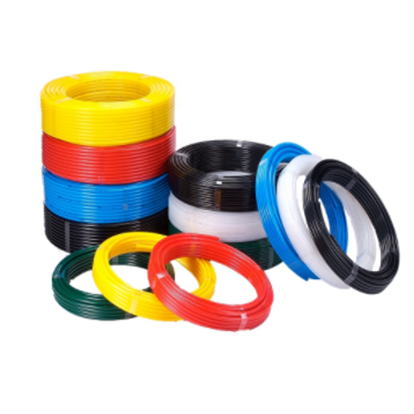 Nylon tubing
Nylon tubing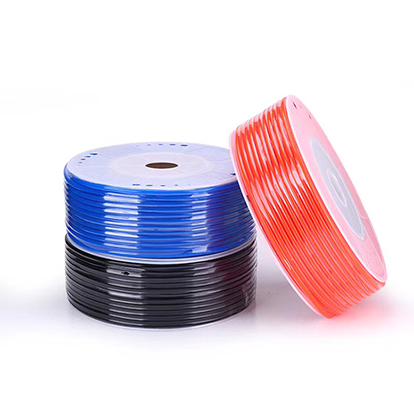 PU Hose
PU Hose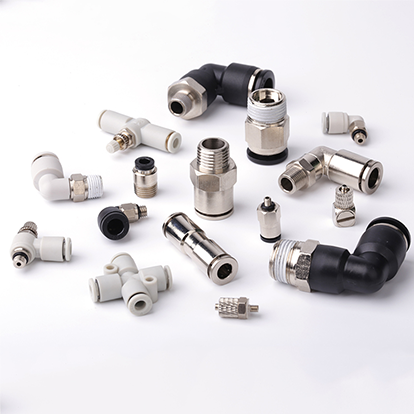 Fitting
Fitting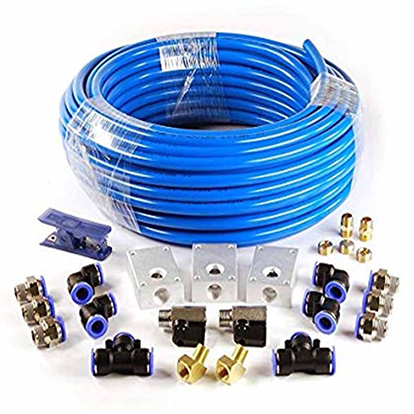 Kit/set
Kit/set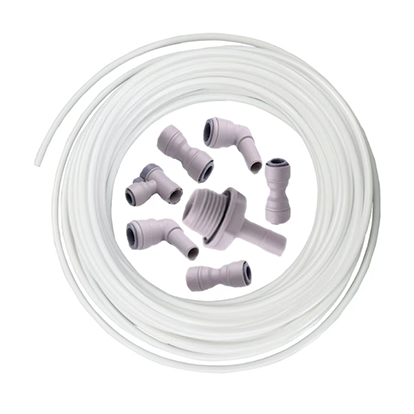 Water Purifer Hose And Connector
Water Purifer Hose And Connector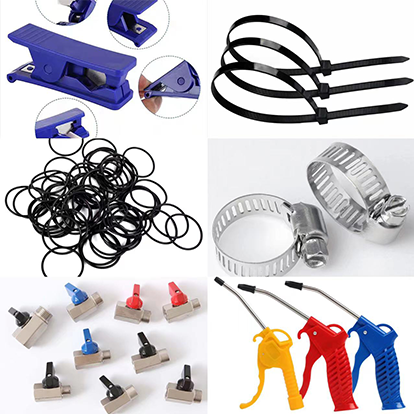 Accessory
Accessory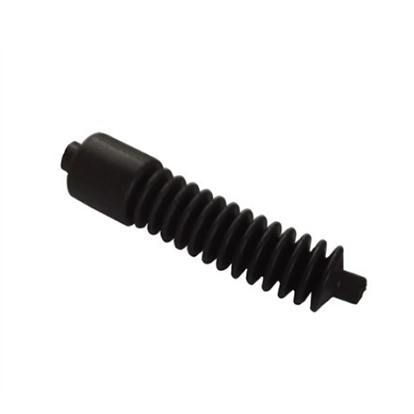 Customized Part
Customized Part










